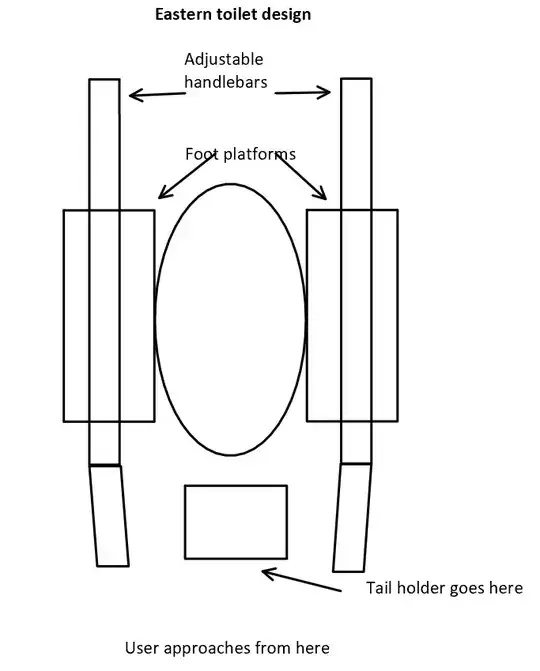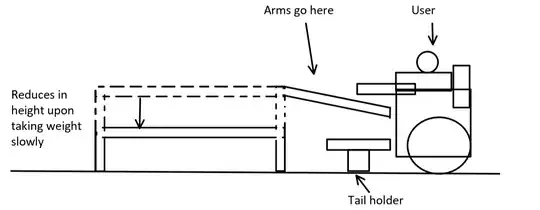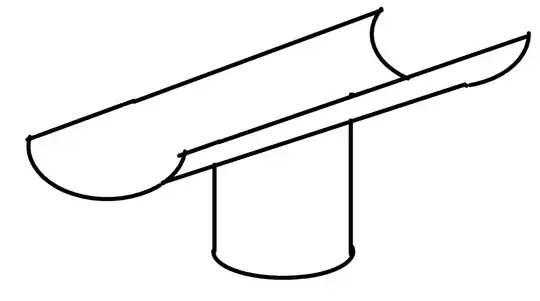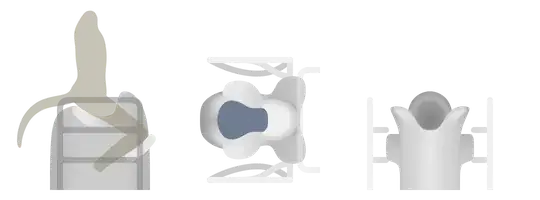This is related to How would a race of humanoids with tails design [vehicle] seats?; same universe, same humanoids.
I have a story involving a bunch of humanoids with tails (see prior question for specifics), with one scene where the POV character sees an "accessible" bathroom for the first time and is puzzled by the funny toilet. What does it look like?
For context, we first need to ask, what do ordinary toilets look like? It seems obvious to me that they ought to look like, well, these. Aside from the arguments that humans ought to be using these (modern westerners, specifically, as these are what historic people used, and many easterners still use), it seems that they wouldn't have the problems a modern western style toilet would have with tails.
The problem (and the reason why my POV character is surprised) with these is that they obviously won't work for some disabled people (those who are wheelchair-bound, especially, but even someone on crutches would have trouble), so there must be something different for such people. What is it?
Our goal is to design a toilet such that:
- It can be used by someone who has no use of their legs, preferably without needing complicated hoists.
- The user's tail (which needs to be able to hang limp; the user may not be able to move it either) is not in the way, or crushed, or...
- The user's waste doesn't get splashed all over, and particularly doesn't wind up on his/her tail.
- The user does not have to make contact with a surface which also makes contact with users' wastes.
So far the best I've come up with is something like a huge pit with enough of a drop that the back of the seat can be open (to accommodate the tail) without this introducing a splash danger. However, while this might work for "pit toilets", the space requirements make it decidedly sub-optimal for e.g. a shopping center. Something that can fit on a second floor without disrupting the space below is strongly preferred.
Edit: I'd sort of prefer a non-magical solution, but on further consideration, I do have "kinetic" magic and if there is a brilliant magic-based solution, it would be bad world-building to ignore it. See How can I meaningfully define the energy cost of magical levitation? for an outline of the mechanics. Again, I think requiring magic to completely support the user's weight is sub-optimal, but magic could easily be used e.g. to hold the tail out of the way. (The tail still needs somewhere to go, however.)



